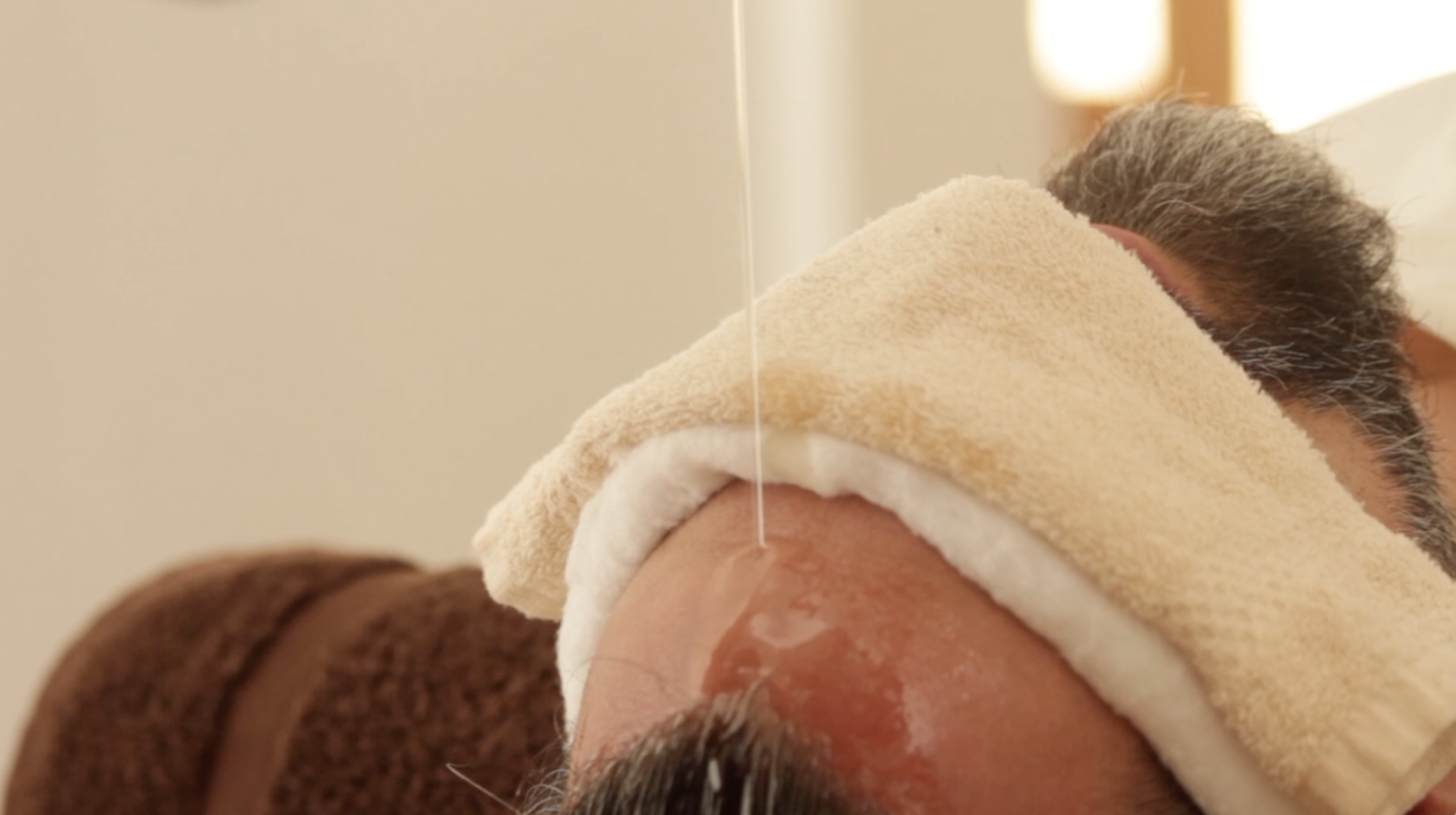The practice of Ayurveda seeks to bring balance and harmony to the body and mind. It is an ancient health system based on thousands of years of wisdom, rooted in the holistic view that we are all connected with nature. Ayurveda looks to both nourish and heals us by strengthening our connection with nature, providing us with the tools to bring peace and tranquility into our lives. In this article, we'll explore how the doshas, herbs, and lifestyle practices support this aim.
Doshas
The doshas – Vata, Pitta, and Kapha - are the three fundamental forces that govern life according to Ayurvedic traditions. A person’s individual dosha is determined by their specific physical and mental attributes. Each dosha has its own unique qualities that can help determine a person's overall emotional state; for example, excess vata in the nervous system can lead to anxiety or restlessness if not balanced properly.
Herbs & Herbal Remedies
Ayurvedic herbal remedies have been used for centuries as natural remedies to restore balance in the body and mind. Herbal remedies can be taken in many forms – such as herbal teas (kadhas), capsules, oils – depending on what you’re looking for. Tulsi is one of the most popular herbs used in Ayurveda for calming the nervous system, promoting a sense of peace and well-being, pacifying excess vata in the nervous system, supporting composure and equanimity, and calming the mind without causing drowsiness.
Other common herbs include shatavari root which supports female reproductive health; ashwagandha root which helps balance hormones; amalaki fruit which helps build immunity; licorice root which aids digestion; ginger root which helps reduce inflammation; cinnamon bark which regulates blood sugar levels; fennel seeds which help aid digestion; tulsi leaf which supports respiratory health; chamomile flower which relaxes muscles; guduchi stem which detoxifies the body; cardamom seed which boosts energy levels; nettle leaf which enhances circulation; peppermint leaf which relieves headaches/migraines; gotu kola leaves which boost memory/concentration. And many more!
Lifestyle Practices
In addition to taking herbal remedies, there are several lifestyle practices that can help promote tranquility within your life: mindfulness meditation (especially when done outdoors!), yoga (with breathing exercises), journaling/writing down your thoughts + feelings (to gain clarity + perspective), stretching/movement practices (for better circulation + flexibility), eating healthy wholesome foods (preferably organic + local produce) , getting enough sleep every night (7-9 hours per night is recommended). All of these practices combine to create an atmosphere conducive for inner peace + relaxation within your life!
Ayurveda provides us with powerful tools to bring balance back into our lives so that we may find peace amidst chaos. By understanding our individual doshas through self-assessment tests or consultations with an Ayurvedic practitioner, we can identify any imbalances in our systems so that we may take steps towards restoring the equilibrium through mindful eating habits, lifestyle practices such as yoga or meditation, or herbal remedies like turmeric or ashwagandha root extract. With patience + dedication, we can learn how best to nourish ourselves from within so that tranquility may become a part of our daily lives once again!
Disclaimer
The sole purpose of these articles is to provide information about the tradition of Ayurveda. This information is not intended for use in the diagnosis, treatment, cure or prevention of any disease.




























